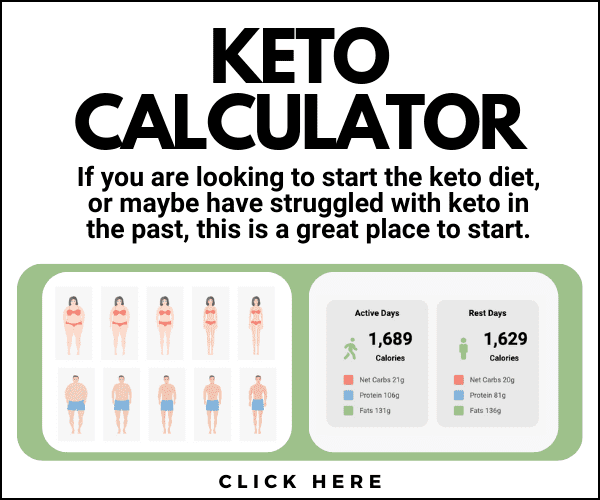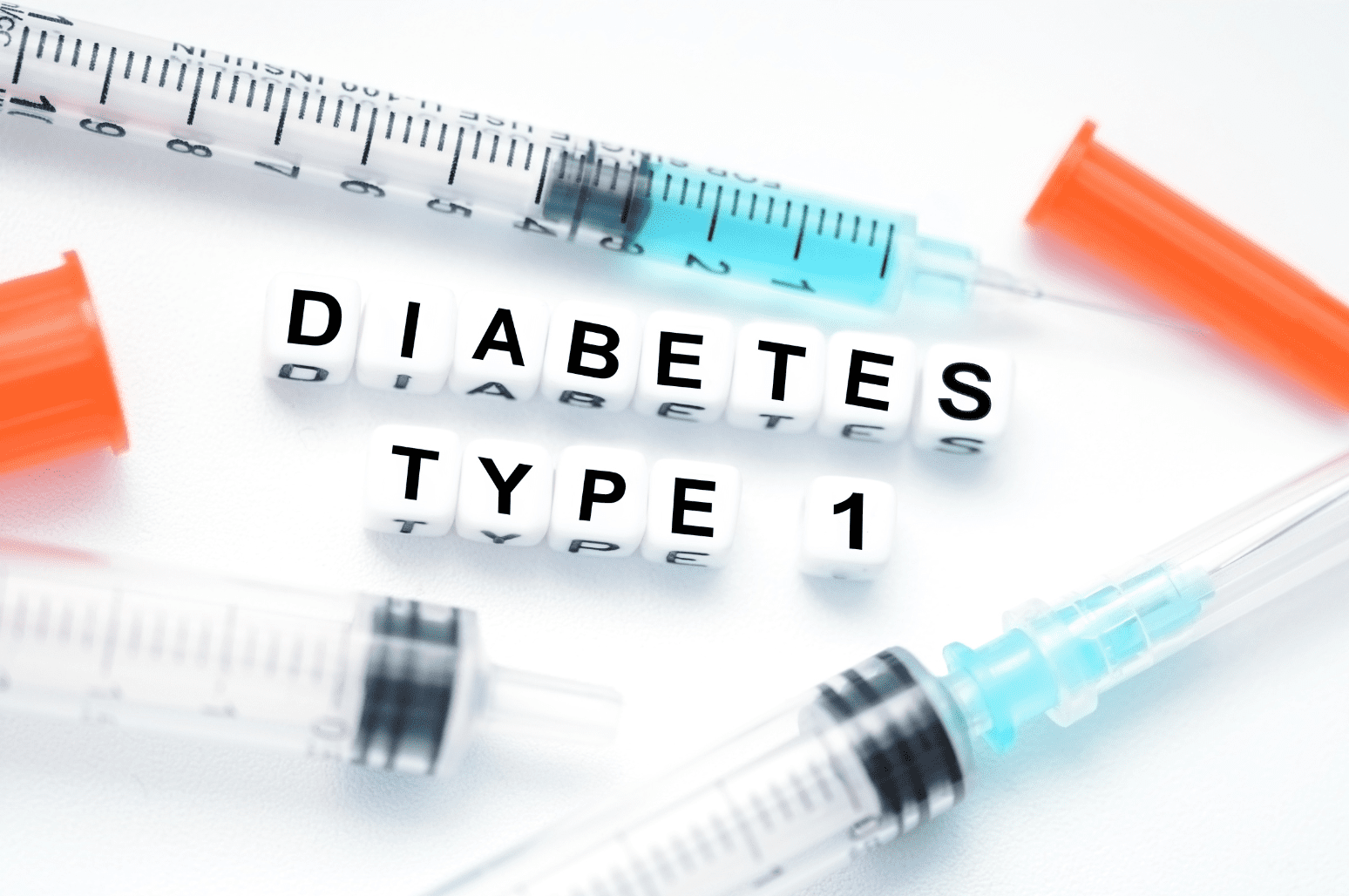
Combining diet and exercise is better than doing diet or exercise alone, especially if you’re looking to lose weight and lower your risk of type 2 diabetes, heart disease, and metabolic health problems. [1] You may have heard of keto and high-intensity interval training (HIIT) and are wondering if it’s possible to do them together.
While the keto diet requires you to restrict carbs to 50 grams, HIIT is said to deplete glycogen stores rapidly and carbs are needed to help you power through an HIIT workout.
For this reason, some people believe that keto impairs your ability to exercise at a higher intensity — and you should, therefore, stick to low-intensity, steady state-workouts (Think: cycling and running).
But is that true? Read to learn more about HIIT workouts, whether you can do them on keto, and tips on making this diet and exercise combo work to your advantage.
What Is HIIT?
High-intensity interval training, or HIIT for short, involves short bursts of intense activity followed by a period of rest or low-intensity exercise to help your body recover. [2] An example would be sprinting as fast as you can for 30 seconds, then reducing your speed for 3 minutes.
There are different types of HIIT workouts you can do from home or at the gym. Combining a variety of movements, such as high knees, mountain climbers, burpees, and bicycle crunches will give you a full-body workout. Want to build muscle? Add weights so your muscles can work against resistance.
While you’re going all out during a high-intensity burst, your heart rate reaches up to 95% of its maximum capacity. This leaves you gasping for air and very sweaty.
Note that if you have a heart condition or joint problems and are considering HIIT, it’s a good idea to speak with your healthcare provider before getting started.
Can You Combine Keto and HIIT?
The short answer is yes, HIIT and the ketogenic diet can be done together. For instance, someone who’s already on keto can incorporate HIIT twice a week into their exercise routine, which may include other forms of exercise, like strength training and low-intensity steady-state cardio.
Just keep in mind that since HIIT uses up a lot of energy, it’s going to be difficult for those who have just started a low-carb diet. In order to perform a high-intensity workout without negatively affecting your performance, make sure you get fully adapted to the keto diet first.

In one study, researchers examined the effects of shifting from their usual Western diet to a very low-carb, high-fat diet on HIIT performance. The participants went through a 4-week adaptation period where they restricted carbs to 50 grams daily. There were no calorie limits. The results showed that 4 weeks of adaptation to a very low-carb diet didn’t compromise HIIT performance. [3]
High-intensity intervals can produce similar results to the keto diet, so you can imagine the impact of combining then. Here are some of their shared benefits:
- Ketosis: On top of reducing carbs, exercising helps to speed up the process of getting into ketosis. Intense physical exercise quickly lowers glycogen in your muscles. [4]
- Fat loss and muscle preservation: A meta-analysis of studies on HIIT found that HIIT is effective in decreasing abdominal fat (just beneath your skin) and visceral fat (that wraps around your internal organs). While it’s not the best approach for building muscle—unless you incorporate weights—like any other exercise, it helps preserve muscle mass and function, especially as you age. The same can be said for very low-carb diets. [5] [6]
- Better health markers: Reduce your blood sugar, blood pressure, and triglycerides by doing keto and HIIT workouts at the same time. They work hand in hand to optimize your results. [7] [8] [9]
- Increases mitochondria: Studies have shown that keto and HIIT increase mitochondrial content. Having more mitochondria helps your body use oxygen more efficiently. It also slows down aging. [10] [11]
HIIT Workout Tips on the Keto Diet
HIIT can be intimidating for beginners, but the good news is that you have the option to modify it depending on your level of experience, available space and equipment, and energy. For keto dieters, here’s how to do HIIT while keeping carbs low.
- Get keto-adapted. This means that your body uses fat as its primary fuel source instead of glucose. Reaching a keto-adapted state takes weeks, but once it happens, your athletic performance improves.
- Consider a creatine supplement. Taking creatine on keto allows your muscles to produce more energy, enhancing your HIIT workouts. One study examined the effect of creatine monohydrate on muscular performance during repeated sets of HIIT. It found that creatine significantly improved their peak power output during jump squats and bench presses. [12]
- Do a targeted keto diet (TKD). Individuals who exercise often and intensely will benefit from a targeted keto diet. Your carbohydrate limit doesn’t change on TKD; however, instead of eating carbs at random times during the day, you’re going to consume them around your HIIT workout. For example, this might mean eating 25 grams of carbs 60 minutes before your workout and 25 grams of carbs post-workout.
Consider Combining HIIT and Keto

Compared to doing the keto diet alone or doing HIIT without keto, combining them can be a more effective way to burn fat, preserve muscle, improve your health, and slow aging at the cellular level.
If you’re already keto-adapted, which can take weeks, HIIT workouts become more manageable. Other strategies, like taking a creatine supplement prior to your workout and eating carbs around your workout times, will also be helpful.
References
Elliot, C.A., Hamlin, M.J. Combined diet and physical activity is better than diet or physical activity alone at improving health outcomes for patients in New Zealand’s primary care intervention. BMC Public Health 18, 230 (2018). https://doi.org/10.1186/s12889-018-5152-z
Atakan, M. M., Li, Y., Koşar, Ş. N., Turnagöl, H. H., & Yan, X. (2021). Evidence-Based Effects of High-Intensity Interval Training on Exercise Capacity and Health: A Review with Historical Perspective. International journal of environmental research and public health, 18(13), 7201. https://doi.org/10.3390/ijerph18137201
Cipryan, L., Plews, D. J., Ferretti, A., Maffetone, P. B., & Laursen, P. B. (2018). Effects of a 4-Week Very Low-Carbohydrate Diet on High-Intensity Interval Training Responses. Journal of sports science & medicine, 17(2), 259–268.
Murray, B., & Rosenbloom, C. (2018). Fundamentals of glycogen metabolism for coaches and athletes. Nutrition reviews, 76(4), 243–259. https://doi.org/10.1093/nutrit/nuy001
Maillard, F., Pereira, B., & Boisseau, N. (2018). Effect of High-Intensity Interval Training on Total, Abdominal and Visceral Fat Mass: A Meta-Analysis. Sports medicine (Auckland, N.Z.), 48(2), 269–288. https://doi.org/10.1007/s40279-017-0807-y
Manninen A. H. (2006). Very-low-carbohydrate diets and preservation of muscle mass. Nutrition & metabolism, 3, 9. https://doi.org/10.1186/1743-7075-3-9
Carpesa, L., Costa, R., Schaarschmidt, B., Reichert, T., Ferraria, R. (2022). High-intensity interval training reduces blood pressure in older adults: A systematic review and meta-analysis. Experimental Gerontology, 158. https://doi.org/10.1016/j.exger.2021.111657
Francois, M. E., & Little, J. P. (2015). Effectiveness and safety of high-intensity interval training in patients with type 2 diabetes. Diabetes spectrum : a publication of the American Diabetes Association, 28(1), 39–44. https://doi.org/10.2337/diaspect.28.1.39
Aude YW, Agatston AS, Lopez-Jimenez F, et al. The National Cholesterol Education Program Diet vs a Diet Lower in Carbohydrates and Higher in Protein and Monounsaturated Fat: A Randomized Trial. Arch Intern Med. 2004;164(19):2141–2146. doi:10.1001/archinte.164.19.2141
Chrøis, K. M., Dohlmann, T. L., Søgaard, D., Hansen, C. V., Dela, F., Helge, J. W., & Larsen, S. (2020). Mitochondrial adaptations to high intensity interval training in older females and males. European journal of sport science, 20(1), 135–145. https://doi.org/10.1080/17461391.2019.1615556
Miller, V. J., Villamena, F. A., & Volek, J. S. (2018). Nutritional Ketosis and Mitohormesis: Potential Implications for Mitochondrial Function and Human Health. Journal of nutrition and metabolism, 2018, 5157645. https://doi.org/10.1155/2018/5157645
Volek, J. S., Kraemer, W. J., Bush, J. A., Boetes, M., Incledon, T., Clark, K. L., & Lynch, J. M. (1997). Creatine supplementation enhances muscular performance during high-intensity resistance exercise. Journal of the American Dietetic Association, 97(7), 765–770. https://doi.org/10.1016/S0002-8223(97)00189-2









